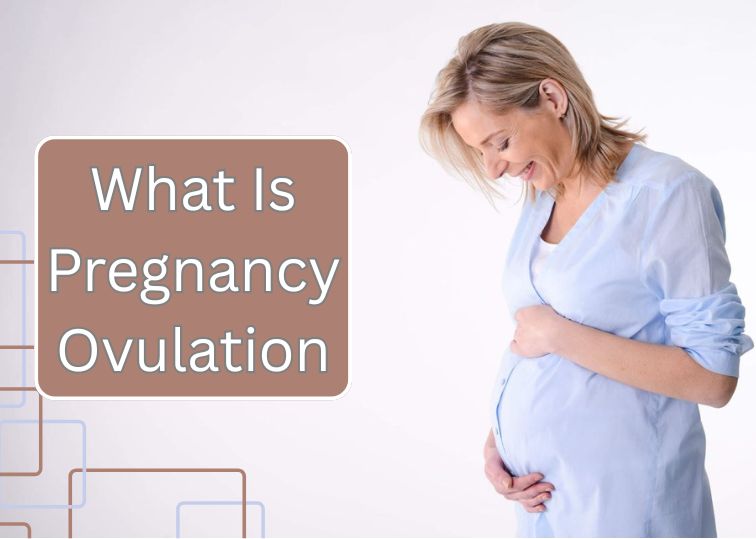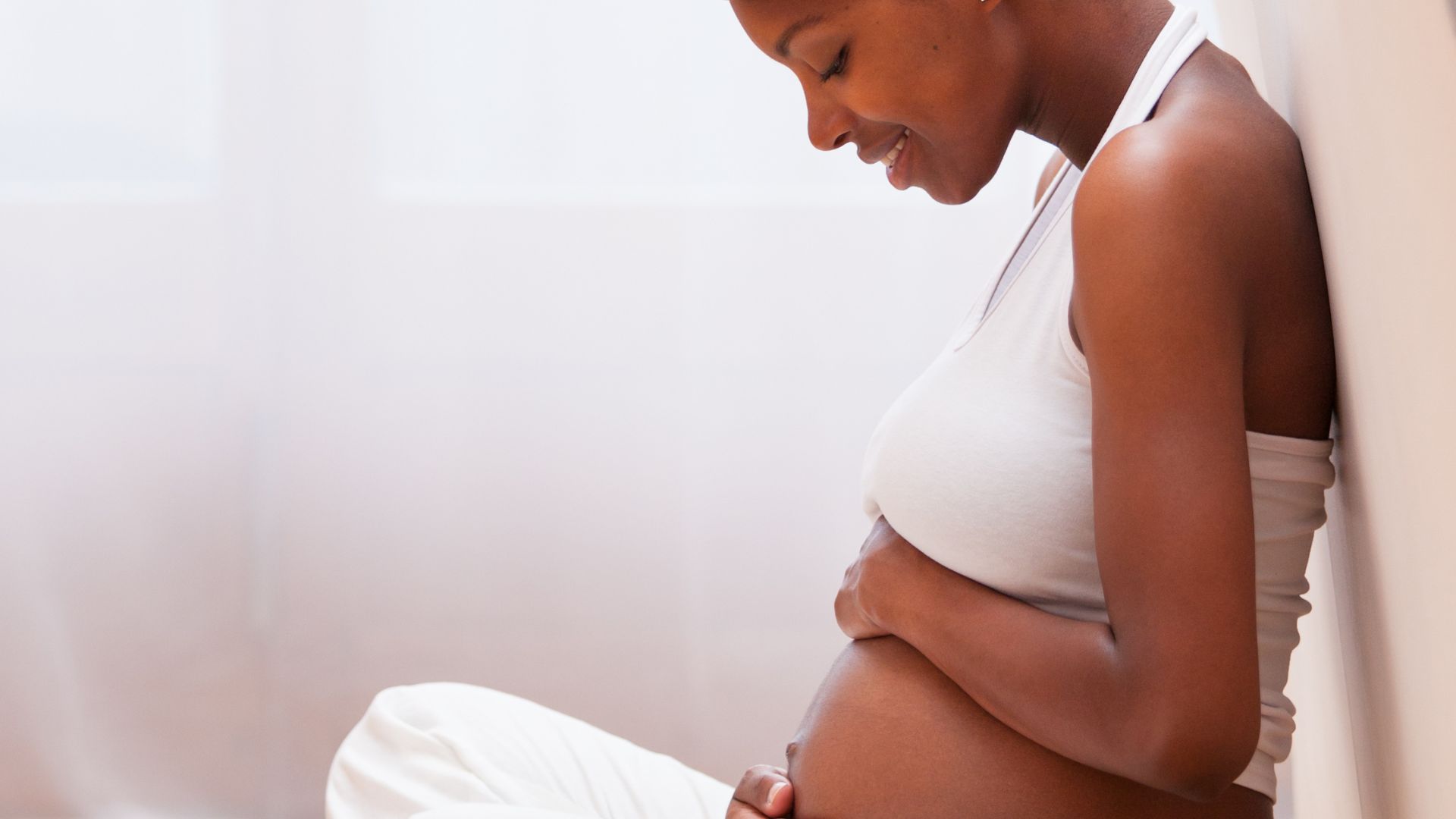Pregnancy and ovulation are both closely linked biological processes that govern reproductive process of humans. The path between ovulation and pregnancy is an intricate process of hormonal interactions, which includes fertilization of eggs, release as well as implantation and the release of eggs.Understanding these processes can help individuals make informed choices about the health of their reproductive system as well as family planning.
1. The Menstrual Cycle and Ovulation
The cycle is the basis of the reproductive process in females and usually takes between 21 and 35 days, despite variations between individuals. A menstrual cycle can be divided into four parts: the menstrual phase, the follicular phase, ovulation, and the luteal phase.
Follicular Phase (Day 1–Day 14)
The menstrual cycle begins by follicular period which begins with the day that marks the beginning of the menstrual cycle. During this time the ovaries develop follicules, which are a structure that contain eggs that are not yet mature. The pituitary gland in the brain releases a hormone called follicle-stimulating (FSH) which aids the ovaries to grow follicles. From the various Follicles, one will become dominant. This follicle will be the first to mature fully to prepare for Ovulation.
Ovulation (Day 14)
The release of an egg mature (oocyte) in the dominant follicle inside the ovary. It is at this point in menstrual cycle, that pregnancy becomes feasible. Ovulation typically occurs around the 14th day of a 28-day cycle, but this is not always the case. This is the moment when an egg is released due to a spike in luteinizing hormone (LH) which is subsequently followed by an increase in estrogen. Once an egg is released, it moves to the fallopian tubes where fertilization by sperm can happen.
The lifespan of eggs is twelve to twenty-four hours, which means that it needs to be fertilized during the time frame for a the pregnancy to take place.
Luteal Phase (Day 15–Day 28)
After ovulation the follicle ruptures and is transformed into the corpusluteum that produces progesterone. Progesterone enhances the uterine lining, which prepares it for the possibility of fertilization of an egg. If fertilization is successful then the embryo will move through the fallopian tube before it will grow into the uterine the lining. If the egg isn’t fertilized, the corpusluteum is weakened, resulting in the reduction of progesterone levels. The drop causes the shed in the lining of the uterus signalling the start of the next menstrual cycle.
2. The Role of Ovulation in Pregnancy Ovulation plays an important role in the pregnancy process because it establishes the period in which a woman is able to have a baby. The process of pregnancy occurs when sperm meet and fertilizes the egg at the ovulation. This is how the process plays out:
Fertilization
Once ovulation occurs, the mature egg enters the fallopian tube. If sperm are present in the fallopian tube due to recent sexual intercourse, they may fertilize the egg. Sperm can live in the female reproductive tract for up to five days, so intercourse a few days before ovulation can still result in pregnancy.Fertilization occurs when one sperm penetrates the egg’s outer layer, combining their genetic material. This creates a single-celled zygote. The zygote begins dividing rapidly as it travels toward the uterus.
Implantation
After fertilization, zygote division into a variety of cells, which form the blastocyst. The blastocyst is inserted into the uterus where it is required to implant inside the lining of the uterine cavity for the pregnancy to begin. Implantation is usually successful between 6 and 10 days following the time of ovulation. Once the blastocyst is attached with the lining of the uterine it begins to release human gonadotropin chorionic (hCG) the hormone that instructs the body to keep the uterine lining and avoid menstrual flow. This hormone is that is detected during pregnancy testing.
Early Pregnancy Signs
At the time of implantation the women can notice early signs of pregnancy that include small bleeding (implantation bleeding) and mild cramping and changes in the sensitivity of breasts. These symptoms are often confused with the beginning of menstrual periods and that’s the reason it’s vital to keep track of the timing of your period and ovulation.
3. Tracking Ovulation for Pregnancy
For women trying to conceive, understanding when ovulation occurs can increase the chances of becoming pregnant. There are several methods to track ovulation:
Calendar Method
The calendar method involves tracking the length of your menstrual cycles for several months to estimate when ovulation is likely to occur. Ovulation usually occurs 14 days before the start of the next period. However, this method assumes regular cycles and can be less accurate for women with irregular cycles.
Basal Body Temperature (BBT)
BBT is your body’s lowest temperature during rest, typically measured first thing in the morning before getting out of bed. Ovulation causes a slight rise in BBT, usually by about 0.5 to 1 degree Fahrenheit. By tracking BBT daily, you can identify a pattern and predict ovulation. However, this method works best after several cycles of data collection.
Ovulation Predictor Kits (OPKs)
Ovulation predictor kits test the urine for a surge in LH, which occurs 24 to 36 hours before ovulation. OPKs are among the most reliable ways to predict ovulation. They can help pinpoint the best time for intercourse.
Cervical Mucus Monitoring
During ovulation, cervical mucus becomes more abundant, clear, and stretchy (similar to raw egg whites). By monitoring cervical mucus changes throughout the cycle, women can identify when they are most fertile. This method is often used in conjunction with other methods for better accuracy.
4. Factors That Affect Ovulation and Pregnancy
While ovulation is central to conception, several factors can influence both ovulation and pregnancy:
Age
As women age, their fertility naturally declines. Women over 35 may experience irregular ovulation, which can make it more difficult to conceive. The quality and quantity of eggs decrease with age, and the chances of miscarriage increase.
Health Conditions
Certain health conditions, such as polycystic ovary syndrome (PCOS), thyroid disorders, and endometriosis, can interfere with ovulation. These conditions may cause irregular periods or prevent ovulation altogether, making it more challenging to conceive.
Lifestyle Factors
Lifestyle choices like smoking, excessive alcohol consumption, high stress, and obesity can negatively impact ovulation. Maintaining a healthy weight, reducing stress, and quitting smoking can improve fertility. Regular exercise and a balanced diet also play crucial roles in supporting reproductive health.
Medications and Birth Control
Some medications, especially hormonal contraceptives, prevent ovulation. Women who stop using birth control may experience a delay in the return of regular ovulation, but most women regain normal ovulatory cycles within a few months.
5. Common Misconceptions About Ovulation and Pregnancy
Several myths surround ovulation and pregnancy that can lead to confusion:
- You can only get pregnant on the day of ovulation. While the egg is only viable for 12–24 hours, sperm can survive in the female reproductive tract for up to five days. Therefore, pregnancy can occur from intercourse several days before ovulation.
- Irregular cycles mean you can’t get pregnant. Women with irregular cycles can still conceive, but it may be harder to predict when ovulation will occur. Regular ovulation is still possible even with irregular cycles, but tracking methods become more critical.
- Ovulation happens on the 14th day every month. While 14 days from the start of the cycle is the average for a 28-day cycle, ovulation can occur earlier or later depending on the length of the menstrual cycle.
Conclusion
Ovulation is a key factor in pregnancy, as it is the time when an egg is released and becomes available for fertilization. Understanding the menstrual cycle, tracking ovulation, and knowing the factors that influence fertility can help individuals increase their chances of conceiving. It’s important to recognize the role of lifestyle, health conditions, and age in fertility, as well as to be aware of the common misconceptions that might mislead individuals trying to conceive. Whether you’re planning to become pregnant or trying to avoid pregnancy, ovulation is a central process in reproductive health.



